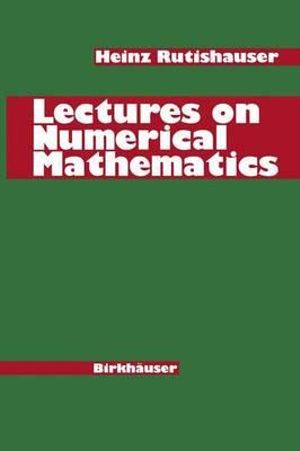
At a Glance
568 Pages
22.86 x 14.99 x 2.92
Paperback
$84.99
or 4 interest-free payments of $21.25 with
orShips in 5 to 7 business days
ISBN: 9781461280354
ISBN-10: 1461280354
Published: 17th September 2011
Format: Paperback
Language: English
Number of Pages: 568
Audience: Professional and Scholarly
Publisher: Springer Nature B.V.
Country of Publication: US
Dimensions (cm): 22.86 x 14.99 x 2.92
Weight (kg): 0.75
Shipping
| Standard Shipping | Express Shipping | |
|---|---|---|
| Metro postcodes: | $9.99 | $14.95 |
| Regional postcodes: | $9.99 | $14.95 |
| Rural postcodes: | $9.99 | $14.95 |
Orders over $79.00 qualify for free shipping.
How to return your order
At Booktopia, we offer hassle-free returns in accordance with our returns policy. If you wish to return an item, please get in touch with Booktopia Customer Care.
Additional postage charges may be applicable.
Defective items
If there is a problem with any of the items received for your order then the Booktopia Customer Care team is ready to assist you.
For more info please visit our Help Centre.
























